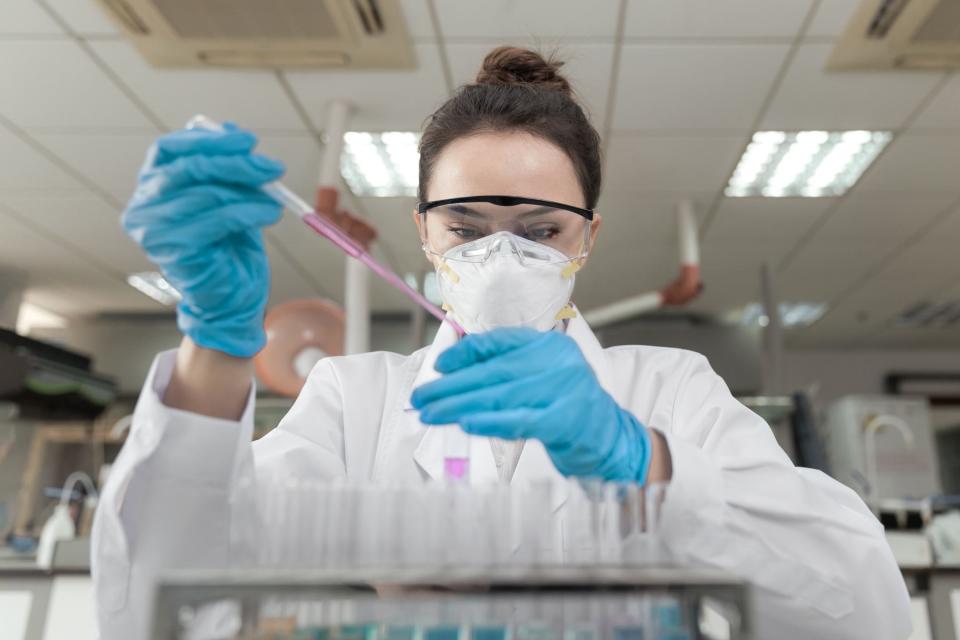Award or Grant: U54NS065768, BioMarin Pharmaceutical, 190-201, 190-202, 190-203
Ceroid lipofuscionosis type 2 (CLN2) disease is a rare, rapidly progressing lysosomal storage disease with severe neurological complications including widespread neurodegeneration. The disease’s rarity, as well as the possibility of non-uniform progression depending on genotype, means that limited data are available delineating the natural history of disease progression. The initial phase of this study was to use clinical rating scales and magnetic resonance imaging (MRI) methods to define the natural history of CLN2 disease, and to provide objective and sensitive surrogates for neurological status and assessment of experimental treatment impact on children with CLN2. To achieve this, the lab completed three aims: (1) recruited children with CLN2 and performed serial neurological assessments and MRI studies; (2) using this data, expanded the spectrum of existing quantitative MRI parameters, derivation of normal ranges, and correlation with neurological status and specific mutations; and (3) extracted additional parameters from MRI data including metrics for brain morphometry, and local diffusion weighted imaging. Together, these parameters are applicable to future clinical studies of novel therapies for CLN2, and are suitable for application to other neurological lysosomal storage diseases.
To that end, the imaging biomarker panel the lab developed for the first phase of the project has been tested and is now in use in a worldwide multicenter trial of enzyme replacement therapy for the gene mutated in CLN2 disease. The group designed and implemented the imaging protocol at all sites and is responsible for all imaging data analysis. For the first time the group was able to subject data acquired from subjects with CLN2 to a rigorous comparison with both CLN2 natural history, and normal volunteer cohorts whose data the lab acquired over the past several years at Weill Cornell Medicine. The comparison facilitates the identification of both ceiling and floor effects in the determination of drug efficacy impossible otherwise.


